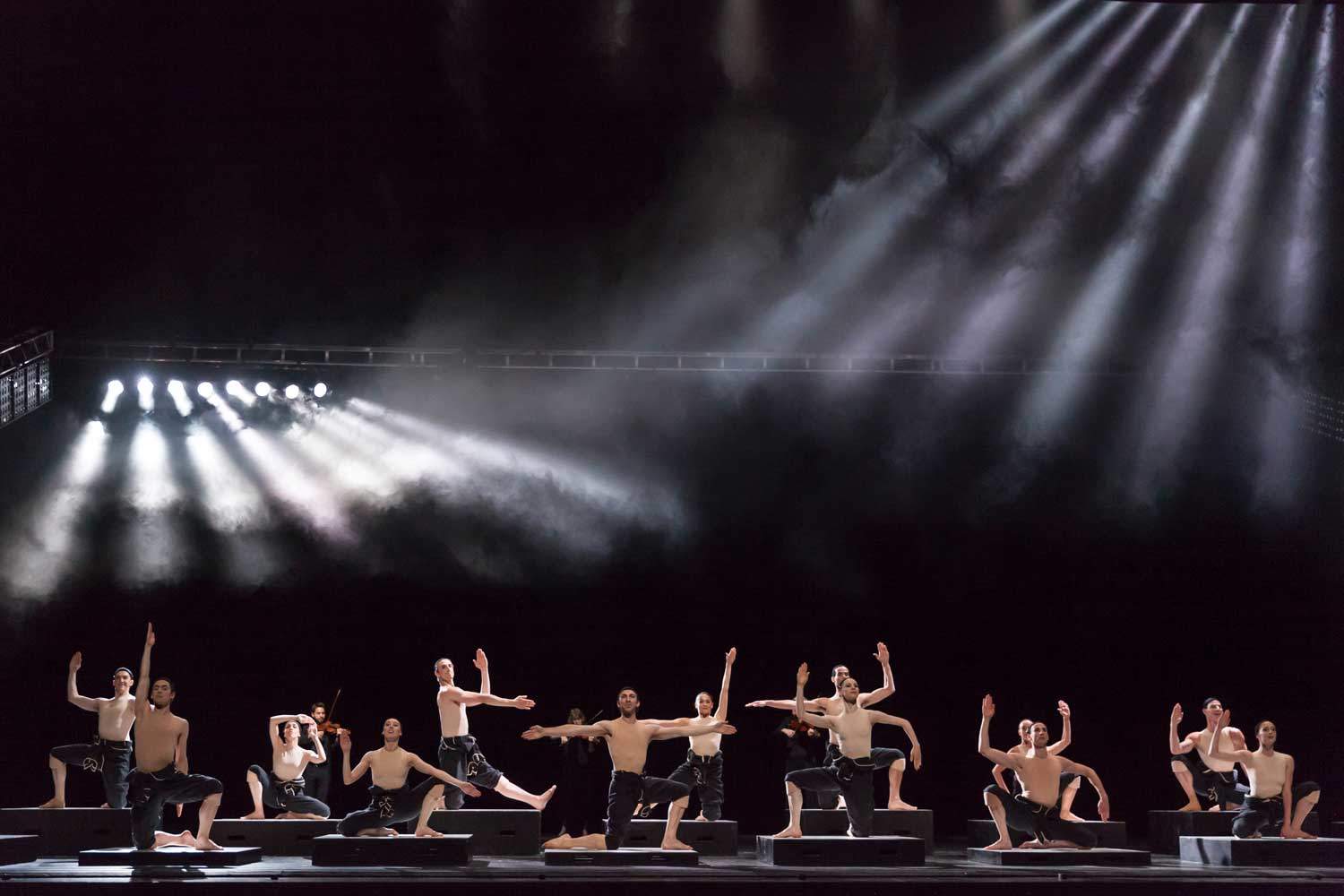Executive Director’s Notes: Petite Mort, Sechs Tänze, Cacti

Dear Friends,
Welcome to the first repertory program of PNB’s 51st season, and the beginning of the fall arts season in Seattle. Like the start of a new school year, this phase of our season is full of promise, some uncertainty (we love snow, for example, but not so much during The Nutcracker…), and excitement around anticipated moments ahead. Like many of you, I can’t wait to see the return of Crystal Pite’s The Seasons’ Canon, Donald Byrd’s Love and Loss, and Kent Stowell’s mesmerizing Swan Lake, among others.
Arts leaders and advocates across our state spent the summer in robust advocacy mode: interviewing political candidates to gauge their understanding of and support for our region’s vital arts, culture, science, and heritage sector; lobbying decision makers in government and the corporate community for continued investment in arts and culture; and updating our “state of the arts” data as we incrementally recover from the many impacts of the pandemic. At a recent “Business of the Arts” panel, audience members were surprised to learn that Washington state spends just $0.68 per capita on arts and culture. The nationwide average is $2.88, and our state, known across the US for its vibrant creative economy, sits 32nd in the nation for per capita spending on the sector. We sit below Wyoming, North Dakota, South Dakota, and Mississippi, among others, in state arts investment. Those of us working in arts and culture organizations understand the competing priorities faced by state and local government, and are committed to doing our best work to be sustainable. Together, we also have huge impact: arts and culture make up 10.8% of our state’s GDP, which is larger than the construction and transportation industries combined. We represent 5.2% of our workforce in Washington, or more than 187,000 jobs. For neighborhoods with the presence of performing arts organizations, the multiplier effect of spending in that neighborhood is 3:1. Seattle and other cities are counting on their arts and culture organizations to revitalize their downtown neighborhoods, which have been fundamentally altered by remote work. It’s also important to articulate the social impact of the arts, and the profound benefit to people of all ages when the arts are present in communities and schools. For some schools, for example, visiting artists from PNB and other arts organizations are the only form of arts education that students receive. These programs have demonstrated impact on learning outcomes and the social and emotional health of students, and – as important – our students love these programs.
So as arts and culture organizations of every size and discipline work to rebuild from pandemic losses and retraced contributed support, you’ll see more arts leaders and organizations advocating for the sustainability of our large, diverse, and interdependent arts ecosystem. We’ve lost some important cultural assets already in Seattle and in other cities on the West Coast so time is of the essence. If you’d like to learn more about this important area of work, please visit InspireWashington.org. Inspire Washington is our statewide arts and culture advocacy organization, and its staff does important, inspiring work. Check them out!
Kind regards,

Photo: PNB Company dancers in Alexander Ekman’s Cacti, photo © Angela Sterling.





